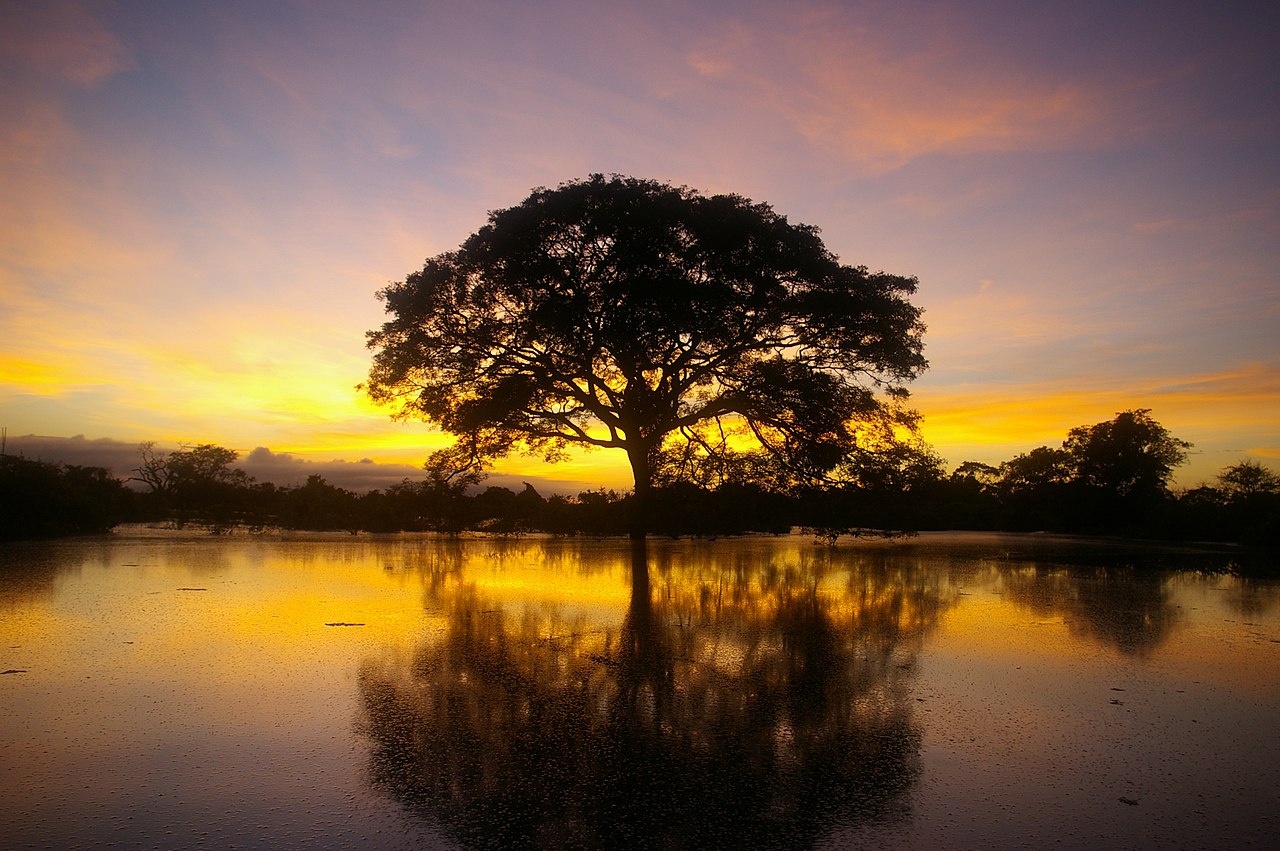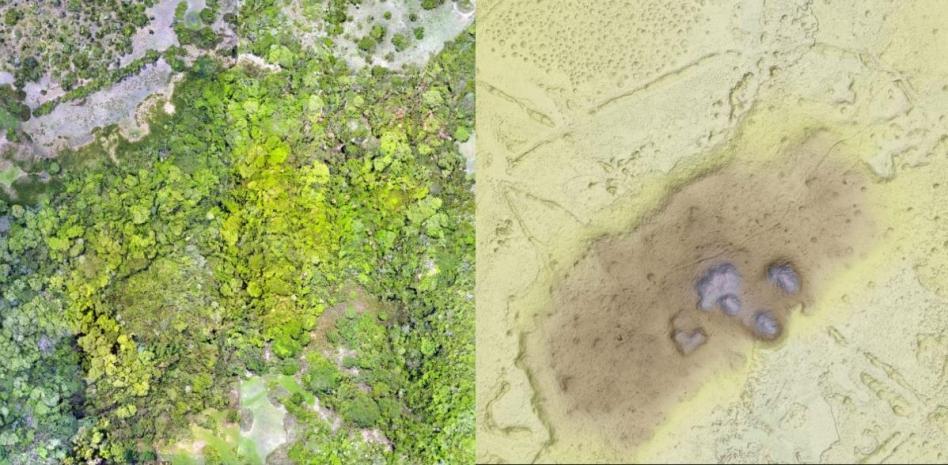
Casarabe, a pre-Columbian state hidden under the Amazon jungle
Findings in Bolivia reveal that pre-Columbian societies in the Amazon basin were much more complex than previously thought.
New research in the Bolivian Amazon has brought to light previously unknown archaeological remains that reveal surprising facts about the pre-Hispanic Casarabe culture, a much more developed culture than previously thought.
The research, led by Heiko Prümers of the German Archaeological Institute, was published Wednesday in 'Nature' magazine and documents two large settlements already known but unexplored, Cotoca and Landivar, and 24 other smaller sites, of which only 15 were known.
All of them are located in the savanna forest of Llanos de los Mojos, in southeastern Bolivia.
To carry out the study, Prümers' team used LIDAR (Light Detection And Ranging) technology, which uses an airborne laser scanner to obtain a 3D map of the terrain.
Thanks to LIDAR infrared technology, which allows to "make vegetation disappear", up to six different areas in the heart of the Casarabe culture, which developed between 500 and 1400 AD, were scanned. The study was able to identify terraces or artificial hillocks five meters high and up to 22 hectares (30 soccer fields), on which there were U-shaped civic-ceremonial structures and conical pyramids up to 21 meters high.
RELATED CONTENT
The large settlements are surrounded by hierarchical polygonal banks and connected to the lower-ranking settlements by straight, elevated causeways extending for several kilometers. Large water management infrastructures, consisting of canals and reservoirs, complete the settlement system in an anthropogenically modified landscape.
"Our results indicate that the settlement pattern of the Casarabe culture represents a type of low-density tropical urbanism that has not been previously described in Amazonia," the authors of the study wrote.
The finding is not without significance, because if under the tropical forests of Southeast Asia, Africa, Sri Lanka or Central America there are archaeological remains of urban centers of ancient civilizations, nothing like that had ever been found in Pre-Hispanic Amazonia.
Experts have documented a four-level hierarchical system, which in archaeology is generally associated with a highly complex "state" level of organization with a socially stratified class system. Such an advanced system of hierarchies was something that until now was not thought to have existed in early Amazonia.

"Our results set aside arguments that western Amazonia was sparsely populated in pre-Hispanic times," the article reads. For the experts, there is no doubt that the, monumentality, labor involved in the construction of civic-ceremonial architecture and water management infrastructure, as well as the spatial extent of settlement dispersal are favorably comparable to Andean cultures and are of a scale far superior to the sophisticated, interconnected settlements of southern Amazonia, which lack monumental civic-ceremonial architecture. As such, the data contribute to the discussion of the overall richness of early urban diversity, and will help redefine the categories used for past and present Amazonian societies.











LEAVE A COMMENT:
Join the discussion! Leave a comment.